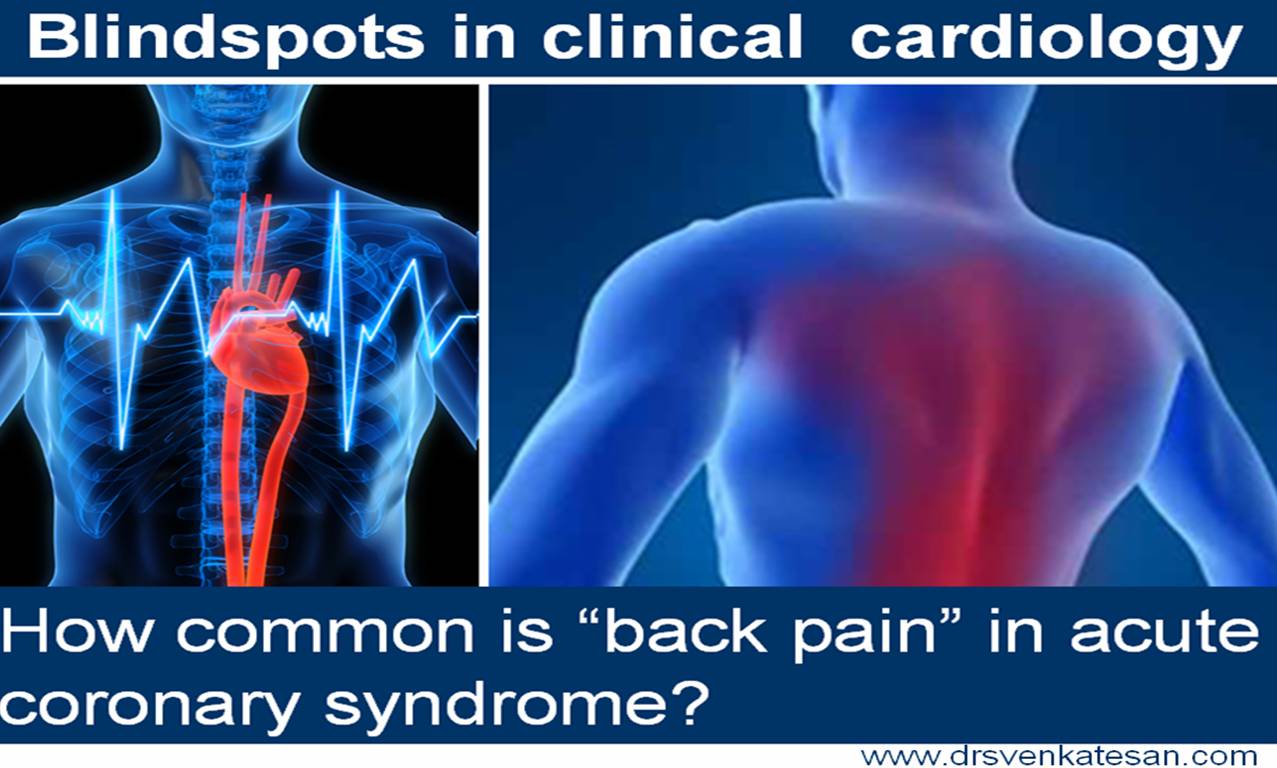
Be careful that the band is not wrapped too tightly. If it’s feasible, you may want to consider wrapping an elastic bandage around the area. Keep it on the sprained muscle for up to 20 minutes at a time and repeat up to 3 times per day. IceĪpply a cold pack or ice directly to the affected area. You can start again approximately 48 hours after the injury, but stop if it starts to hurt again. This easy-to-remember acronym includes the following: RestĪs soon as you notice pain, take a break from physical activity. If you have a mild (Grade 1) muscle sprain, your first-line treatment options should be the so-called RICE method.

In combination with chest pain, these symptoms may indicate that you’re dealing with a more serious issue like a heart attack. Furthermore, you should also go to the emergency room if your chest pain comes with any of the following symptoms: If your pain happens suddenly, you should seek immediate medical attention, especially if it occurs while you’re engaged in strenuous activity or exercise. Adults are more likely to receive this type of strain from a car accident or athletic activity than from bronchitis or some other problem. Children are the least likely to experience them while older individuals are the most likely. So if you’ve recently had bronchitis, it may cause muscles in your chest wall to strain.įurthermore, anyone can get a chest muscle strain. You can also pull a muscle during normal activities like coughing. contact injuries from car accidents and sports.

skipping warm-ups before physical activities.reaching your arms above your head for long periods of time.Lifting a heavy object or sustaining a sports injury could both cause muscular chest pain.Īdditionally, these activities may also trigger a muscle strain in your chest: Usually, a strained or pulled muscle can happen if you overuse the muscle.
#PIN POINT CHEST PAIN CRACKED#
Lastly, chest pain that gets worse when breathing may be due to a cracked rib or pericarditis, the swelling of the membrane around the heart. Heart pain may travel into the jaw, arms, or between shoulder blades, but it won’t show up in different areas every day. If your chest pains show up in different areas on different days, it’s probably not a heart attack. However, if your pain is sharp and coming from a specific location, it probably isn’t heart-related. The pain connected with a heart attack is generally diffused in the chest and dull.
#PIN POINT CHEST PAIN HOW TO#
If you want to know how to tell if chest pain is muscular, or simply rule out a heart attack, the following three tips should also help: 1.


The good news is that you may be able to take care of it on your own. Learn how to tell if chest pain is muscular and when to call your doctor. However, chest pain from a pulled muscle doesn’t necessarily warrant a trip to the emergency room. Muscular pain in the chest can mimic serious conditions like a heart attack or lung problems. While painful, some may have simpler – and less serious – explanations. Not all chest pains are necessarily symptoms of a heart attack.


 0 kommentar(er)
0 kommentar(er)
